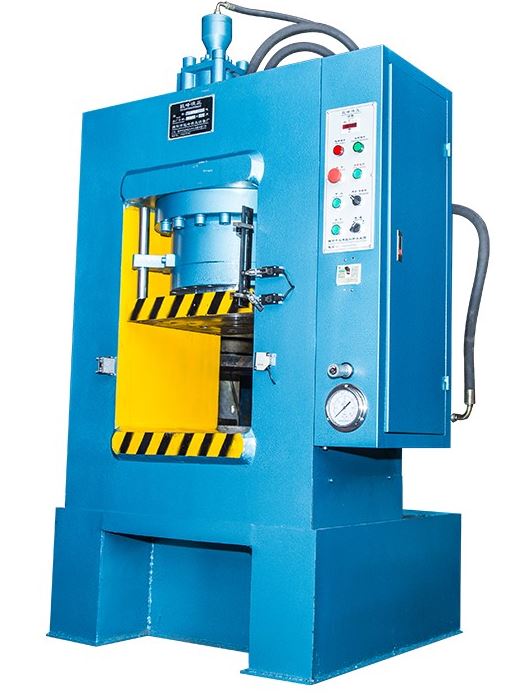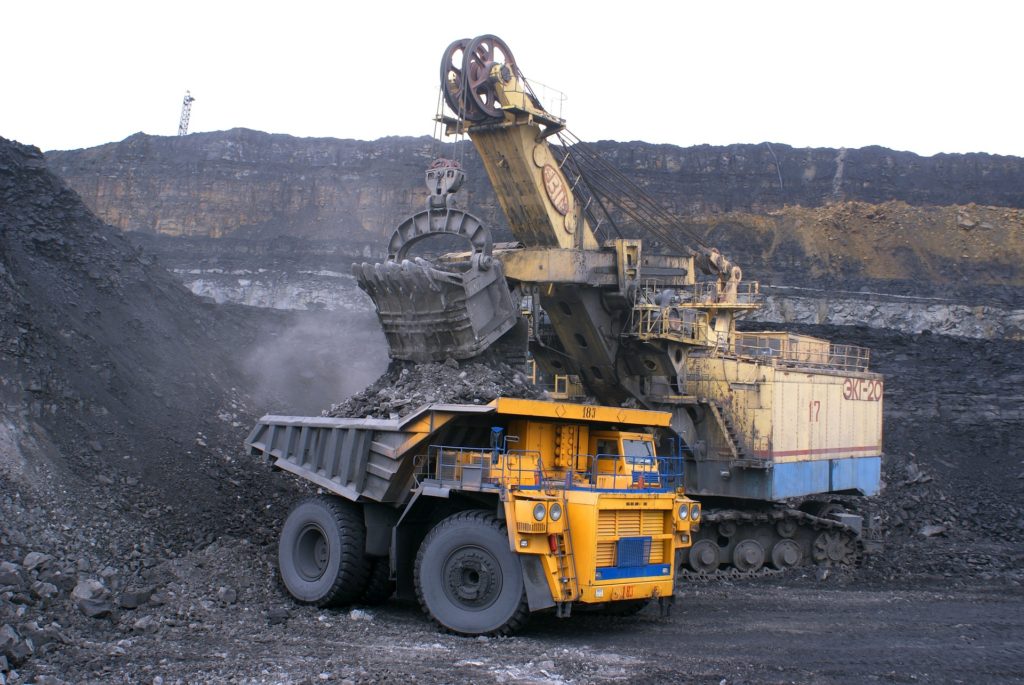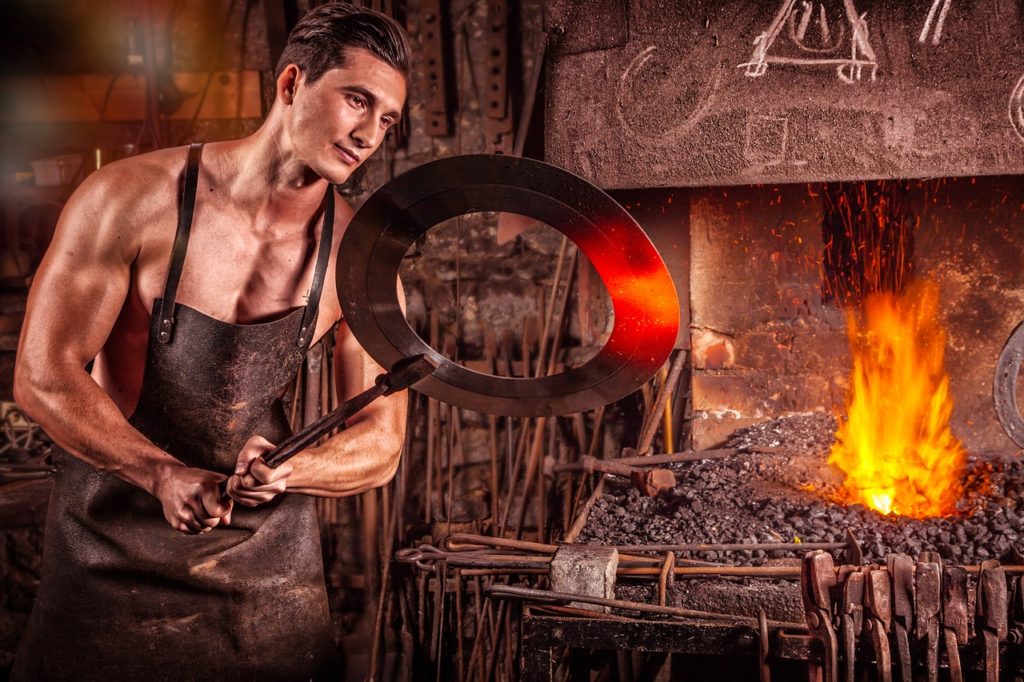Hydraulic press machines play a crucial role in various industries, utilizing the power of hydraulic systems to generate force for many applications. These machines leverage hydraulic pressure to compress, mold, and shape materials, making them essential in manufacturing, metal forming, and other industrial processes. In this article, we will explore the basics of hydraulic press machines, their working principles, and the different types available in the market.
Working Principle
At the core of hydraulic press machines lies the fundamental principle of Pascal’s law, which states that any change in pressure applied to an enclosed fluid is transmitted undiminished to all portions of the fluid and to the walls of its container. Hydraulic presses use this principle to generate force, employing hydraulic cylinders, pistons, and fluid to achieve mechanical work.
Key Components
Hydraulic Cylinder: The hydraulic cylinder is the primary component responsible for converting hydraulic pressure into linear force. It consists of a piston and a cylinder filled with hydraulic fluid.
Hydraulic Pump: This component is responsible for generating the hydraulic pressure required to operate the hydraulic press. It pressurizes the hydraulic fluid, creating the force necessary for the press to function.
Control Valve: The control valve regulates the flow of hydraulic fluid, allowing for precise control over the movement of the press. This is crucial for achieving accurate and repeatable results in various applications.
Types of Hydraulic Press Machines
C-Frame Hydraulic Press:
Characterized by a C-shaped frame, the C-frame hydraulic press is known for its open design, allowing easy access to the work area. Widely used for applications such as bending, straightening, and punching due to its versatility.
H-Frame Hydraulic Press:
Featuring a robust H-shaped frame, the H-frame hydraulic press provides stability and strength, making it suitable for heavy-duty tasks. Ideal for applications such as metal forming, deep drawing, and assembly processes where high force is necessary.
Four-Column Hydraulic Press:
Recognizable by its four vertical columns, this type of press offers stability and can handle heavy loads. Commonly used for precision applications like die spotting and compression molding.
Arbor Press:
Arbor presses are compact, manually operated hydraulic presses designed for tasks such as riveting, staking, and bearing installation. Ideal for applications where a smaller, more portable press is sufficient.
Hose Crimping Machine:
Specifically designed for the manufacturing of hydraulic hoses, hose crimping machines use hydraulic pressure to crimp hoses onto fittings. This is essential in industries that deal with custom hydraulic hoses.
Gantry Press:
Gantry presses feature a structure resembling a gantry, providing a horizontal beam for additional support and flexibility. Suitable for applications requiring large workpieces or when an overhead approach is necessary.
Powder Compaction Press:
Utilized in the pharmaceutical and powder metallurgy industries, these presses compact powdered materials into specific shapes. Ensures precision and consistency in the formation of tablets and metal powder parts.
Deep Drawing Press:
Deep drawing hydraulic presses are designed to form sheet metal into three-dimensional shapes and are commonly used in the automotive and appliance industries. They excel in creating complex, hollow structures with high depth.
Forging Press:
Forging presses are specialized hydraulic presses used in metalworking processes to shape metal through localized compressive forces. Essential in the production of forged components for industries like aerospace and automotive.
Conclusion
Hydraulic press machines are indispensable in modern manufacturing processes, providing the force needed for shaping and forming materials. The various types of hydraulic presses cater to a wide range of applications, from heavy-duty metal forming to precision tasks. China has become among investors’ top spots for buying hydraulic press machines. This is due to the quality and affordability of these press machines.


